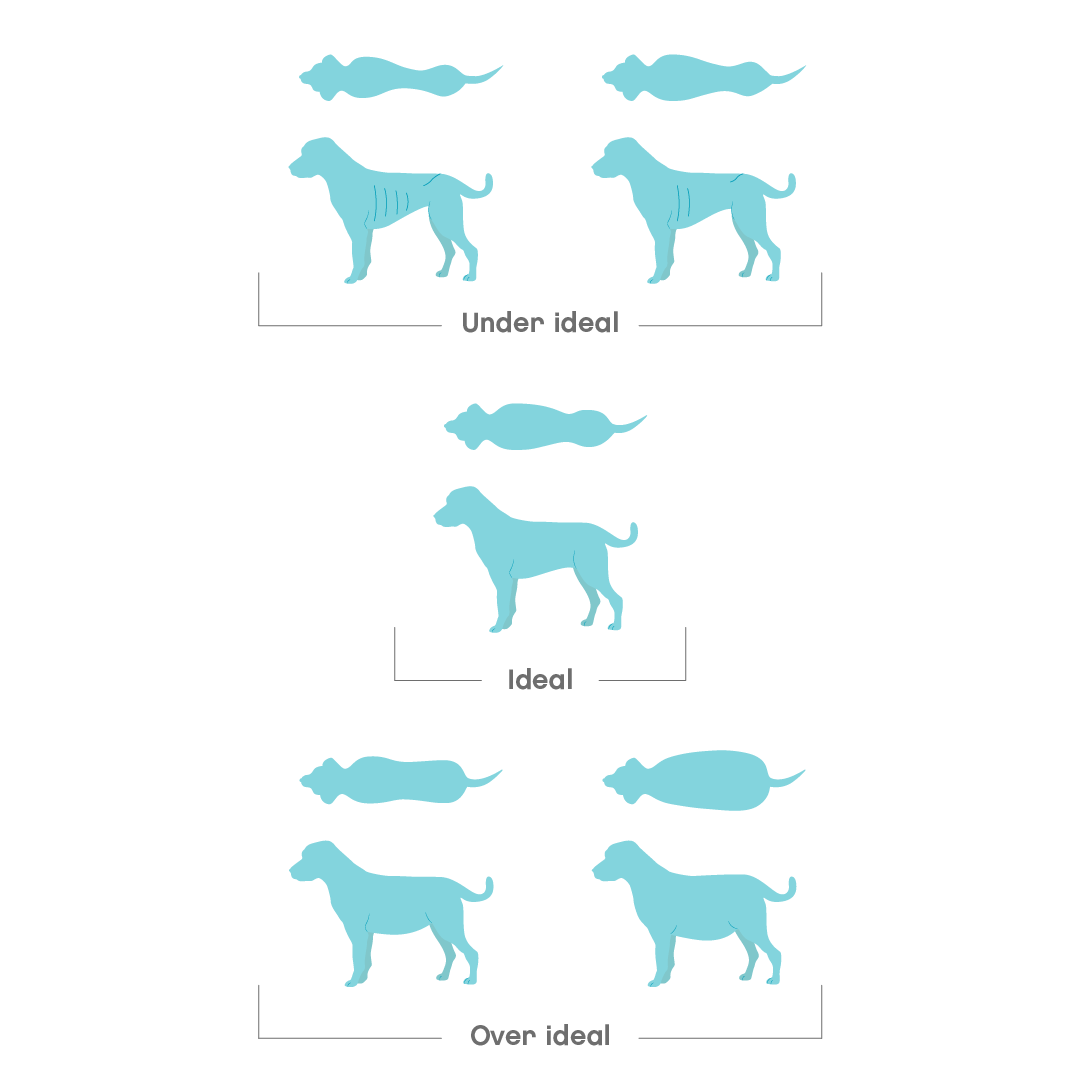Asthma in dogs is an inflammatory condition caused by allergies. It is less common in dogs compared to cats. Asthma is not curable, but if caught early, it can be managed well with medication.
Asthma can affect dogs of any age, but signs usually start when they are middle to older age. This condition is also known as allergic airway disease or canine allergic bronchitis. Asthma can be life-threatening if not treated quickly. Contact a vet if your dog has any signs of asthma.
Overview
What is asthma in dogs?
Asthma in dogs is caused by allergies.
- Asthma in dogs occurs when there is inflammation of the airways that leads to the lungs.
- In dogs, this is caused by allergies to particles that are inhaled.
- Stress can worsen symptoms of asthma.
- Common allergens include smoke (from cigarettes or fireplaces), pollen, dust mites, cleaning products, and aerosol sprays.
- Asthma is an ongoing and incurable condition.
- Dogs with asthma can lead a happy and healthy life if the condition is managed and treated appropriately. This includes lifestyle changes and medications.
Symptoms of asthma in dogs can become extremely severe and even life threatening if not treated with medication. Speak to a vet as soon as possible if your dog shows any signs of asthma.
Symptoms
Symptoms of asthma in dogs
The signs of asthma can occur suddenly or slowly over a period of time. Coughing is often one of the first symptoms noticed. Other signs include:
- Wheezing
- Faster breathing than normal: normal breathing rate for dogs is 15-30 breaths per minute
- Laboured or difficulty breathing, known as dyspnoea
- Struggling to breathe after exercise
- Heavy panting
- Pale or blue gums or lips
- Coughing, hacking or gagging
- Lethargy
- Loss of appetite
- Vomiting

- Dog with pale gums

- Heavy panting can be a sign of asthma
Risk
Are some dogs more at risk of asthma than others?
Small breed dogs are more at risk, such as Pugs, Maltese, and Bulldogs.
Diagnosis
How is asthma diagnosed in dogs?
Asthma can be tricky to diagnose, and other diseases will need to be ruled out first, including heart disease and respiratory infections.
The first step is a physical exam, where your vet will listen to your dog’s heart and lungs with a stethoscope. Further investigation includes:
- Blood tests and urine tests: check for any other conditions, such as lungworm, diabetes, or kidney disease.
- Imaging: usually x-rays, CT or bronchoscopy
- Bronchoalveolar lavage (BAL) is a procedure used to collect a fluid sample from the airways. The cells from the fluid sample are then examined for abnormalities.
- Allergy testing may be possible to determine the specific triggers
- Sedation or general anaesthesia is needed for most of these tests.
If your dog is critically ill, medication may be advised first to improve the symptoms.
Vet treatment
What’s the treatment for asthma in dogs
Treatment for asthma in dogs depends on how severe the symptoms are.
Sudden onset, severe symptoms
- If your dog suddenly appears to be gasping for breath, having blue gums, or in respiratory distress, your vet will initially try to stabilise the symptoms before any tests are performed.
- Oxygen therapy, given by mask or in a special cage
- Sedation to reduce stress
- Medication to help open the airways
- Hospitalisation for continuous monitoring of respiratory rate and other vital signs
Longer onset mild symptoms
- Corticosteroids to reduce inflammation in the airways: available as tablets, injectables, and inhalants.
- Bronchodilators help open up the airways: available as tablets, injectables, and inhalants.
- Cough suppressants may be used
- Your dog may need medications daily or only during flare-ups
- If there is a secondary infection, antibiotics may be needed
The following treatments are all under investigation for potential future use in the treatment of asthma:
- Omega fatty acids
- Allergen-specific immunotherapy
- Stem cell therapy
Home treatment
How to look after a dog with asthma at home
If your dog has a sudden attack
- Keep calm and make sure your dog is in a quiet and cool area.
- Avoid any stress, as this can worsen symptoms.
- Give any medication if it has already been prescribed by your vet.
- Severe attacks will usually need hospitalisation; get your dog to the nearest vet as soon as possible.
Living with a dog with asthma
Long-term home changes involve avoiding triggers where possible
- Do not smoke in the home and avoid using fireplaces
- Do not use aerosols such as perfumes, sprays, incense sticks, or air fresheners around your dog
- Use a harness instead of collar

- Short and limited exercise is encouraged
- Keep your dog indoors if the pollen count is high
- Avoid contact with sick dogs and places where there are lots of dogs, such as kennels and busy dog parks
- Keep your home well ventilated and vacuum often to reduce dust build-up
- Avoid additional stress by following the tips in this article
- Allergy testing (a blood or skin test with your local vet) may help determine what allergens your dog is sensitive to
- Use any prescribed medication as advised by your vet
- Obesity can worsen the signs of asthma. Keep your dog on a balanced diet and at a healthy weight.
Body Condition Scoring (BCS) in dogs
Body Condition Score (BCS) is a scale that gives a practical evaluation of the fat coverage of your dogs body. By checking how easy or not it is to feel certain bony areas of the body, a score is then produced. There are several scales, from 1 to 5 or 1 to 9. The ideal body condition lies in the middle, so either 3/5 or 5/9.
The body areas normally checked for fat coverage are:
1. ribs and spine
2. hips and shoulders
3. waist

Here are a few tips on how to do it.
With your pet in a standing position:
- Place your hands on the rib cage and gently feel for each rib, without pressing too hard
- Feel the waist and look from the top and the side (if you have a very furry breed, it may be harder to assess)
- Feel the spine, which runs down the middle of the back
- Feel the top of the hips and shoulders
Prevention
Tips on how to prevent asthma in dogs
Unfortunately, asthma is not preventable. There are some ways to help reduce the severity of symptoms. See our at home treatment section for more information.
Is my family at risk of catching asthma?
Asthma in dogs is not contagious to other pets or humans.
When to worry
When you should be worried about asthma in dogs
Seek help from a vet if:
- Your dog shows coughing, wheezing and fast breathing (over 40 breaths per minute)
- Seek an emergency appointment if your dog has blue gums or lips, is open mouth breathing or gasping for breath
Joii can help if you have any questions about:
- Common allergens in dogs and how to avoid them
- Your dog’s body condition or need help with weight loss for your dog








